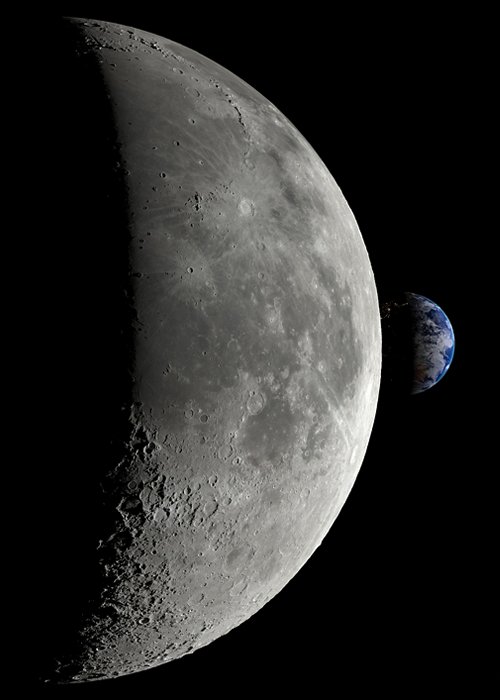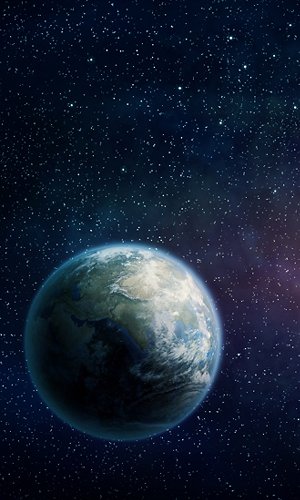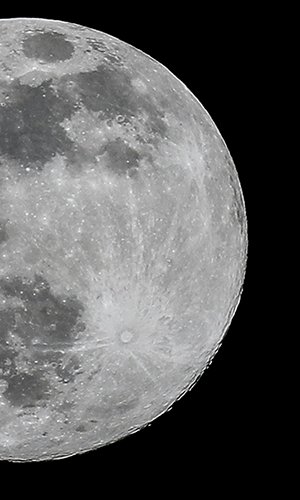With the Chandrayaan-3 lander, India has conquered the Moon's South Pole. The Indian lander landed without difficulty on the surface of an area of our natural satellite that is very interesting in view of future settlements and new exploration programmes, as it is likely to be very rich in water. The lander landed near the South Pole, where no one had ever landed before. The surprising fact is that the lander decided autonomously where to land thanks to surface scanning and data processing by a sophisticated artificial intelligence system.
A small rover with wheels for direct exploration separated from the lander. The mission will last for a dozen days, as long as sunlight can power the panels that produce the electricity needed to run the equipment: a bit like the little robot Wall-E did in the film of the same name. Solar energy also powers the instruments that scan the lunar soil for the presence of water. It is not liquid water but crumbled ice mixed to the ground. Finding water is very important because the Moon could become the intermediate stop on our great journey from Earth to Mars; lunar water could quench the thirst of astronauts and irrigate space gardens.




